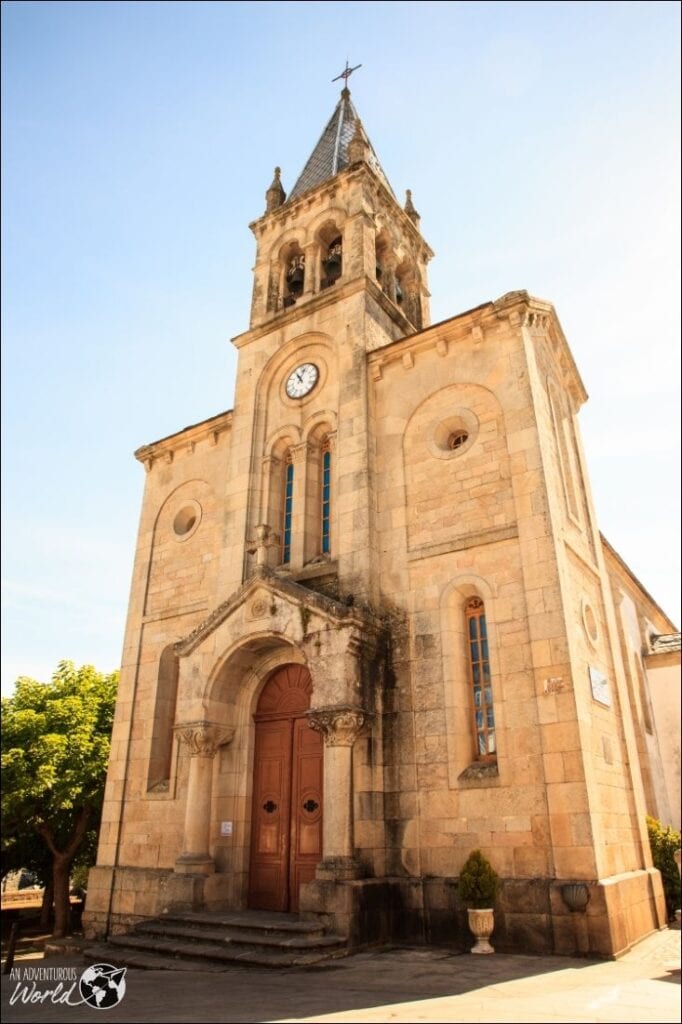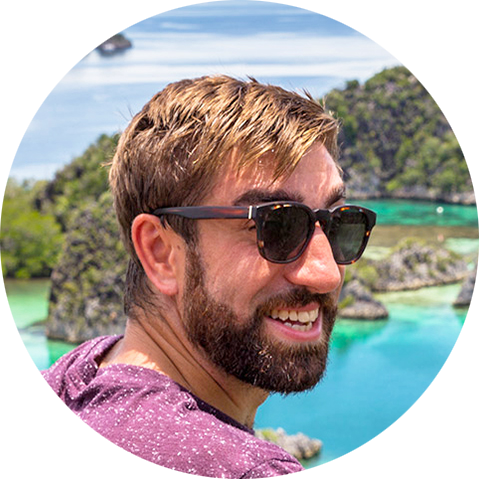This post contains product affiliate links. These are mainly on items/hotels/tours that I personally endorse & love. I may earn a small commission if you make a purchase, but at no extra cost to you.
Planning to walk the last 100 km of the Camino Francés? Learn the route, highlights and tips to help you reach Santiago de Compostela with confidence.

The infamous pilgrimage network of Camino de Santiago includes dozens of different walking trails, each offering something unique. But, one of the routes attracts far more pilgrims than the others altogether – that is the Camino Francés and, in particular, the final 100 kilometres of this journey. If you are interested in taking on this popular route, here’s what you need to know.
The Camino Francés and why the last 100 km?
The Camino Francés is one of the longest routes in the network, stretching approximately 780 km from the French-Spanish border at St Jean Pied de Port across northern Spain, reaching the UNESCO World Heritage city of Santiago de Compostela. Completing the whole route in full can take over a month (30 to 40) days, which is not just a physical challenge, but a logistical one for most.
Therefore, many pilgrims choose to walk the shorter sections of this well-established route, still getting the experience, without having to take a month off work. For example, the route from St Jean Pied de Port to Pamplona is a common choice, taking walkers 66 kilometres across the spectacular Pyrenees.
However, since this route never reaches Santiago de Compostela, the pilgrims do not receive the rewarding Compostela certificate, which is only awarded when completing at least the final 100 km of the route. That is why the Camino Francés from Sarria, a town 111 kilometres away from the end point, is so popular.
Itinerary and logistics

If you begin in Sarria, you’ll follow an itinerary that typically includes 7 days of walking. Here’s a route suggested by the highly-rated local agency Santiago Ways:
- Sarria: Your starting point, Sarria, is where you’ll spend your first night upon arrival, before beginning your journey the next morning.
- Portomarin: After leaving Sarria you’ll walk a quiet route through hamlets and quaint villages, such as Barbadelo, for 22 km, before reaching Portomarin.
- Palas de Rei: Continuing from Portomarin for 24.7 km, you will cross the River Mino and ascend towards Serra de Ligonde, passing through more charming villages until reaching Palas de Rei.
- Arzua: Starting your descent, this part of the route will take you along the rural trails to Coto for 28.6 km, visiting the picturesque attractions by the River Iso.
- A Rua: From Arzua, you’ll have a shorter 18-kilometer day walking past tranquil forests and villages, as well as visiting the village of Boavista and the Chapel of Santa Irene, before reaching A Rua.
- Santiago de Compostela: During the final, 21.8 km stretch of the journey, you will get to visit such destinations as O Pedrouzo, San Paio, Church of Lavacolla, Monte do Gozo and, of course, the majestic Cathedral of Santiago. The Camino Francés ends here, but it’s recommended to spend some time exploring this historic city before going home.
In terms of logistics, Santiago Ways takes care of everything for you, including private hotel room accommodation, a meal plan of your choice, luggage transfers between hotels, if you wish, and a 24 hour telephone assistance.
Stepping into your pilgrimage era
The final 100 km of the Camino Francés is a brilliant way to get a taste of the Camino experience, without committing to the full route. Be warned though – once you start your pilgrimage era, you might want to do it again and again!

